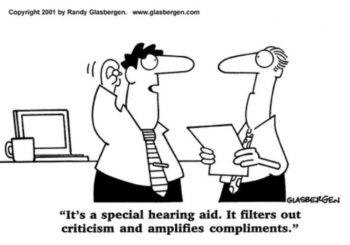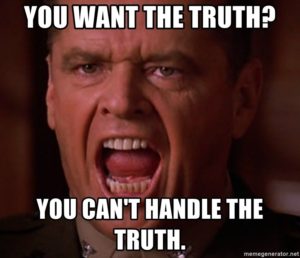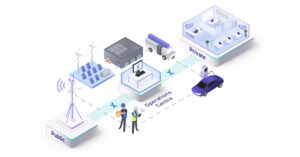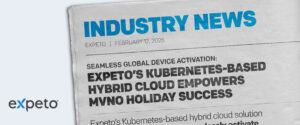Selective hearing, pareidolia, cognitive bias, selective attention, confirmation bias, psychological scotoma, cognitive dissonance – all are labels and theories for ‘You hear what you want to hear.’ People are generally twice as likely to select the information that supports their own point of view versus considering opposing ideas. We see it in politics. We see it with COVID-19 pandemic information. So is it also true when we consider the voices of our customers?
Yes, But….
In recent years, companies of all sizes have invested in Customer Service (CS) and Customer Experience (CX). Most companies include training modules in their employee onboarding practices in CX and CS. Voice of the Customer (VOC) is the practice of formally soliciting information from customers to help improve products, services, and operations. Customer Satisfaction Surveys, Net Promoter Scores, and solicited feedback via text, email, and websites are all used to ‘hear’ the customer. But are we listening? Or are we, even unknowingly, massaging the information to fit our existing strategic path – thus confirming our own ‘brilliance?’

Today, enterprises are facing a very real dilemma. Many of their mission-critical processes can be improved tremendously with new devices, sensors, robots, and computing power. However, these technologies require enhanced levels of secure and reliable network connectivity which is not readily available. This dilemma is characterized by the overly-used term ‘Industry 4.0,’ but the issues are real.
Listen to What You Don’t Hear
When our Expeto team reached out to the enterprise market to understand what it wanted or needed to address this challenge, the ‘V’ in VOC was very clear: the simplicity of wi-fi, the ability to leverage the public network if possible, and to have control – of devices, data, security, and their mission-critical resources.
Listen closely to that enterprise voice. You will not hear that they want a Mobile Network Operator (MNO) to tell them all about networks. You will not hear them say that they wish they could put multiple SIM cards in each of their devices, robots, and sensors. They are not telling us that they want a third party available to reallocate their network connectivity each time they need to address their mobile asset resources.
No matter how closely you listen, you will not hear these things. However, that is what enterprises are being offered – network connectivity that is complicated, expensive, and provides limited real-time control. The solution vendors have executed their real VOC practices but have convinced themselves that their existing products provide real solutions – cognitive bias at its best! They have altered the ‘V’ in VOC.
Handle the Truth
This interpretation of VOC reminds me of the classic scene in the 1992 movie A Few Good Men. Lieutenant Junior Grade (LTJG) Kaffee, being played by Tom Cruise, is questioning Jack Nicholson’s Colonel Jessup on the witness stand. Jessup screams, “You want answers?” Jaffe replies, “I want the truth!” Jessup yells, “You can’t handle the truth!”

In business, can we handle the truth? We believe we want the answers from our customers but we tend to disregard the pieces we don’t like. That doesn’t mean the ‘V’ is wrong. It means that, in these situations, we need to guard against the many ways that ‘You only hear what you want to hear’ bias creeps into our assessments. We need to learn and consistently practice handling the truth.
The foundation for Expeto was built around the ‘V’ we made sure was heard. Our NeXtworking platform gives enterprises the simplicity, security, and control they seek. I believe this company will always build products and solutions based on our customers’ voices. But then again, maybe I’m just confirming my own ‘brilliance’ – I’d better check!
To read more in Dan Leary’s Voice of the Customer series, click below!






